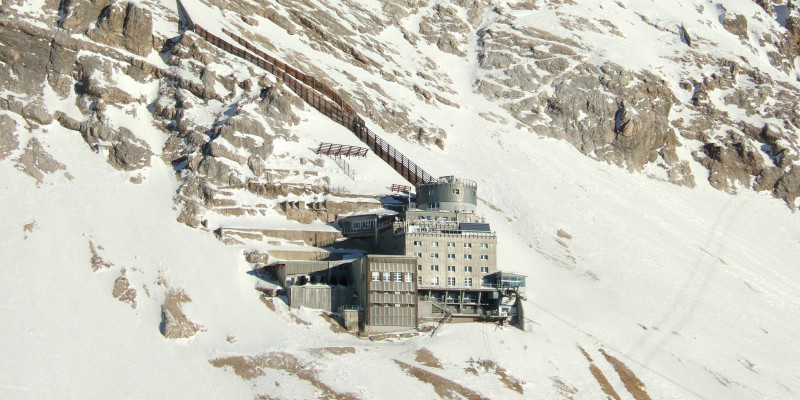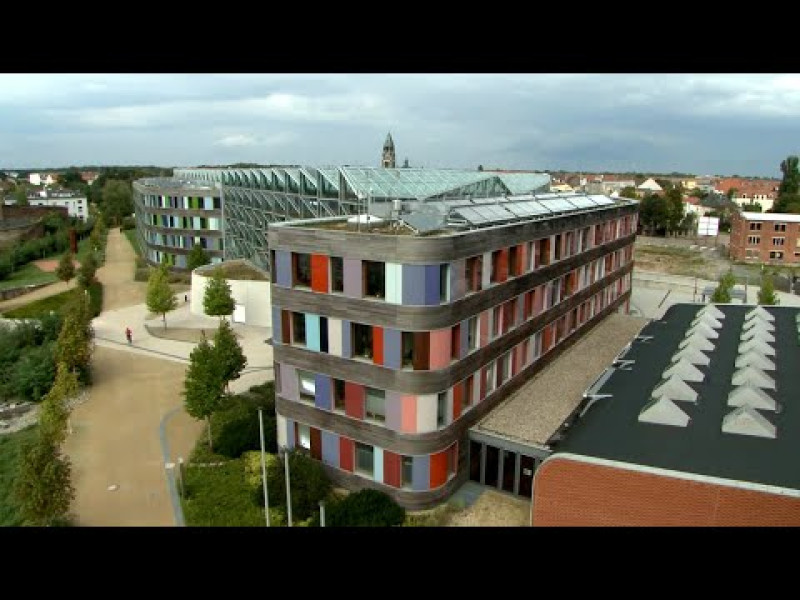Concentrations of atmospheric CO2 are rising steadily worldwide. The main cause is the firing of coal, petroleum and natural gas which continues to be very intensive. CO2 is very persistent in the Earth’s atmosphere – about 120 years on average – which explains its relatively even distribution around the world as it becomes increasingly concentrated. The environmental CO2 monitoring by the air measuring network of the German Environment Agency is part of the international Global Atmosphere Watch (GAW) programme of the UN World Meteorological Organization WMO.
The earliest measurements of CO2 in Europe were made at UBA's Schauinsland station in the southern Black Forest. When continuous monitoring began in 1972 there were measurements of 330 ppm. Compared to the CO2 concentrations of the pre-industrial era (approx. 280 ppm), this is already an increase of 50 ppm. The 300 ppm mark must have been reached around 1950, although there was no regular monitoring of CO2 at that time. The data for 2015 has now been evaluated, and the annual mean values are: 402.5 ppm on the Schauinsland, and 400.4 ppm on the Zugspitze. The measured values on Germany's highest peak are particularly representative because it lies in the free troposphere.
These data highlight the significance of the Paris Climate Convention which was adopted in December 2015 at the 21st Conference of the Parties to the Framework Convention on Climate Change (COP21) and will be signed on 22 April 2016. For the first time an international treaty makes a commitment to contain the average rise in global temperatures to under two degrees. It also commits the Parties to contain the global rise in temperature to 1.5 degrees. Greenhouse gas emissions must be reduced as soon as possible in order to achieve this goal. The aim is to achieve a global balance in the sources and sinks of greenhouse gas emissions (net zero emissions) in the second half of the century. This will require the decarbonisation of the global economy and a phasing out of fossil fuel use.
Enormous effort will be needed to achieve these goals, not only in Germany but also in other countries and in industrialised nations in particular. According to statistics from the US National Oceanic and Atmospheric Administration (NOAA), 2015 was the hottest year on record worldwide since 1880, with a deviation of +0.9 degrees from the long-term average. The ten hottest years since 1880, with the exception of 1998, all occurred in the 21st century. The 0.9-degree increase reached in 2015 has already considerably restricted the scope of action to limit the rise in temperature to less than two degrees.
 Click to enlarge
Click to enlarge

